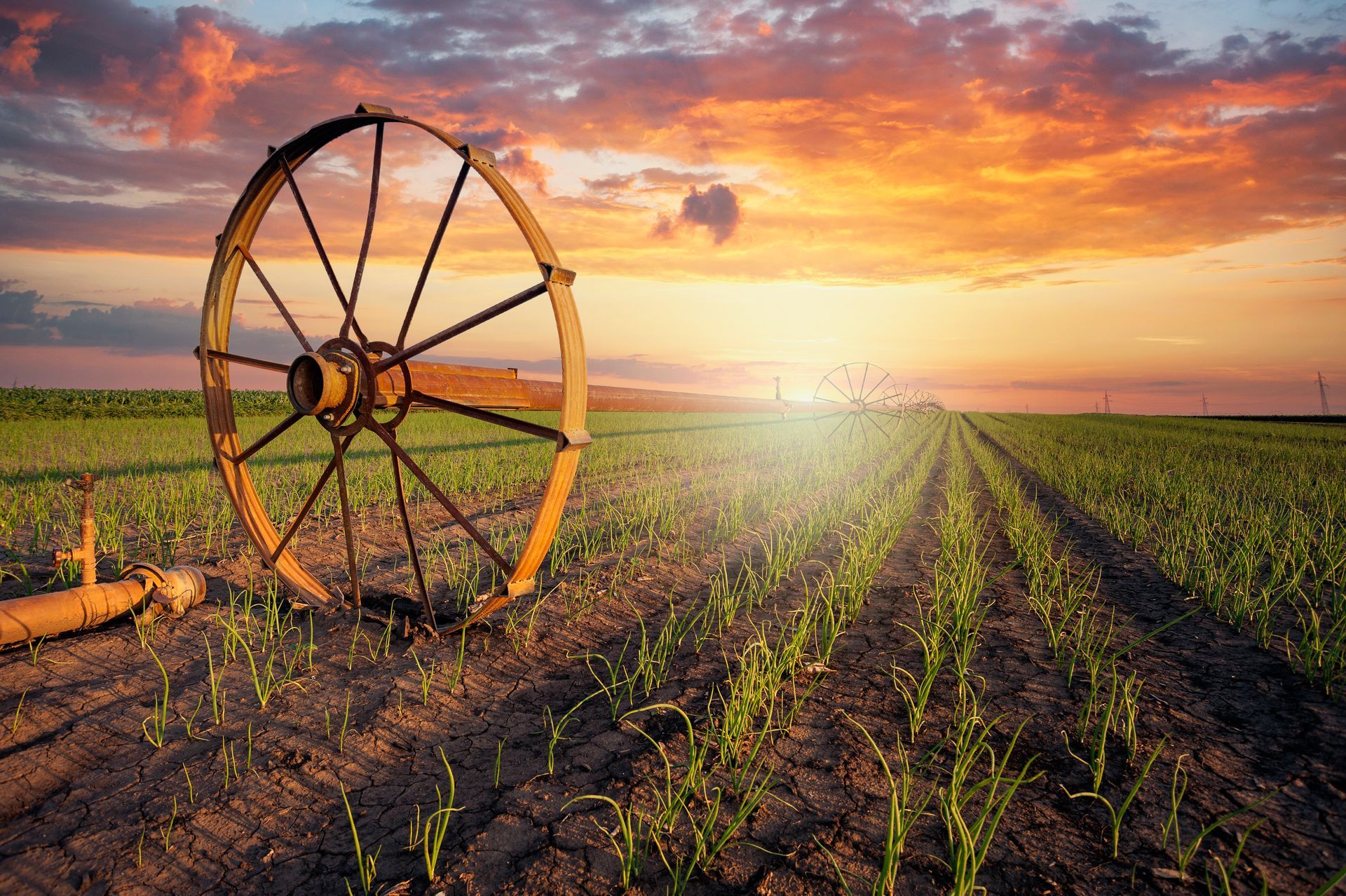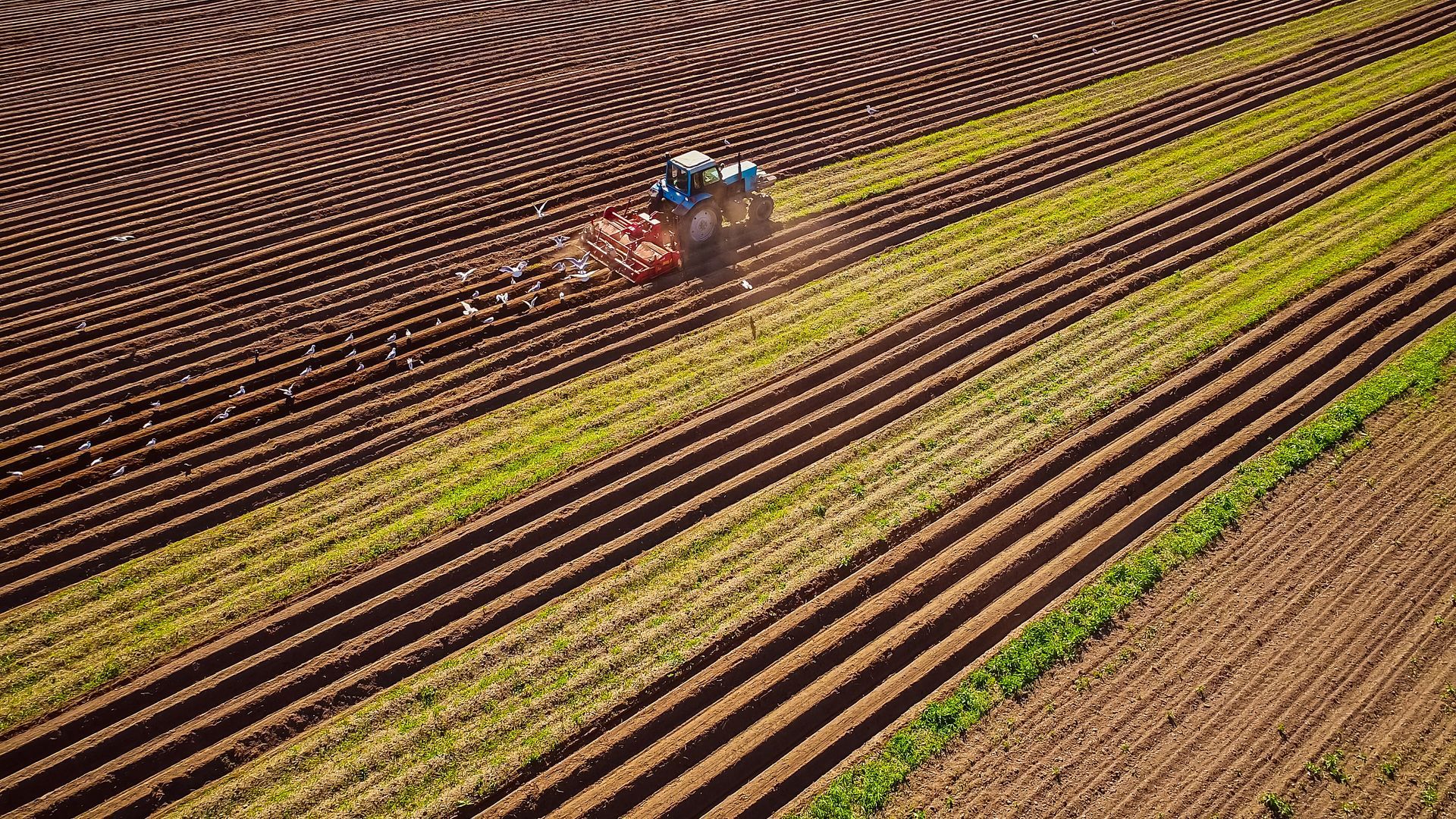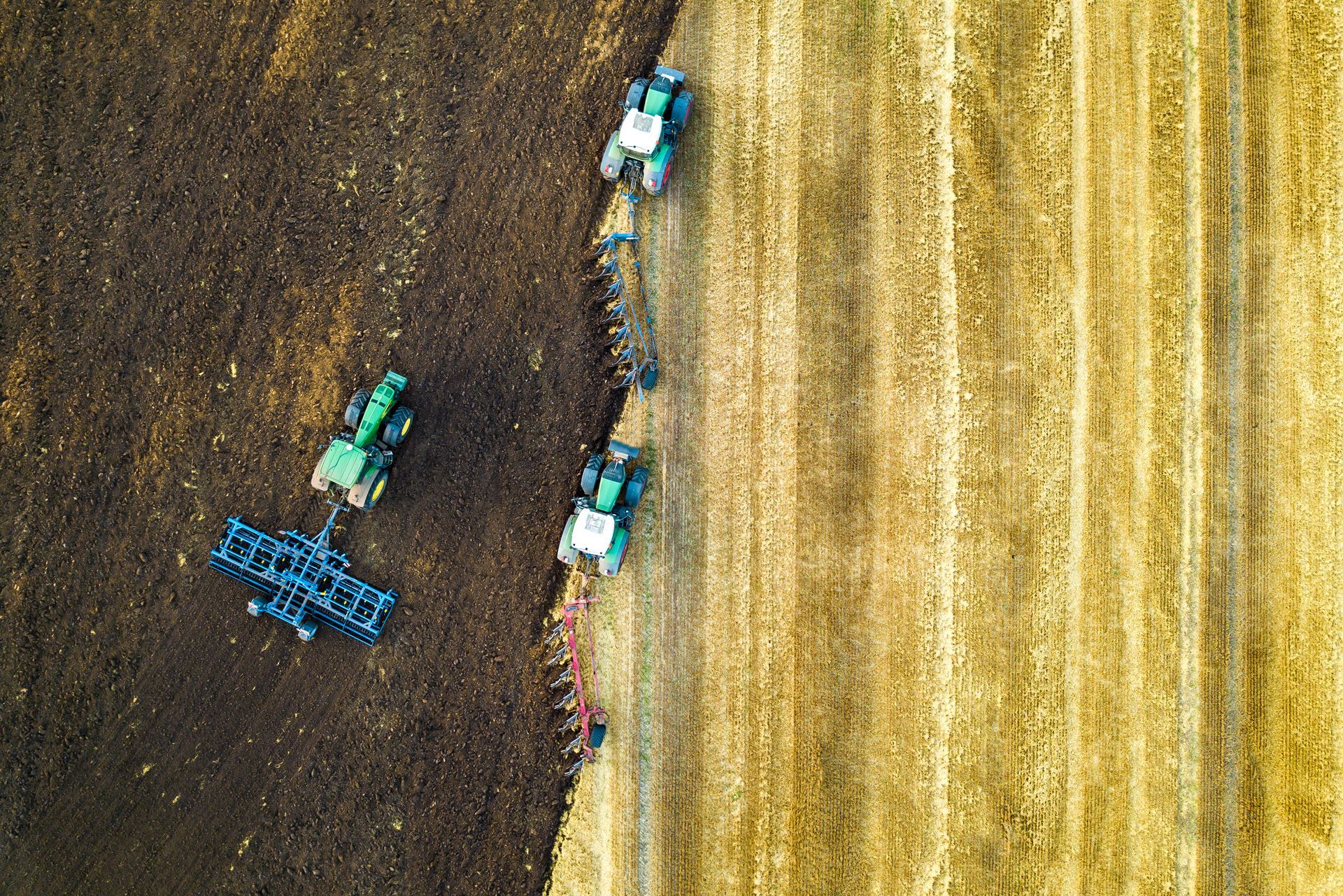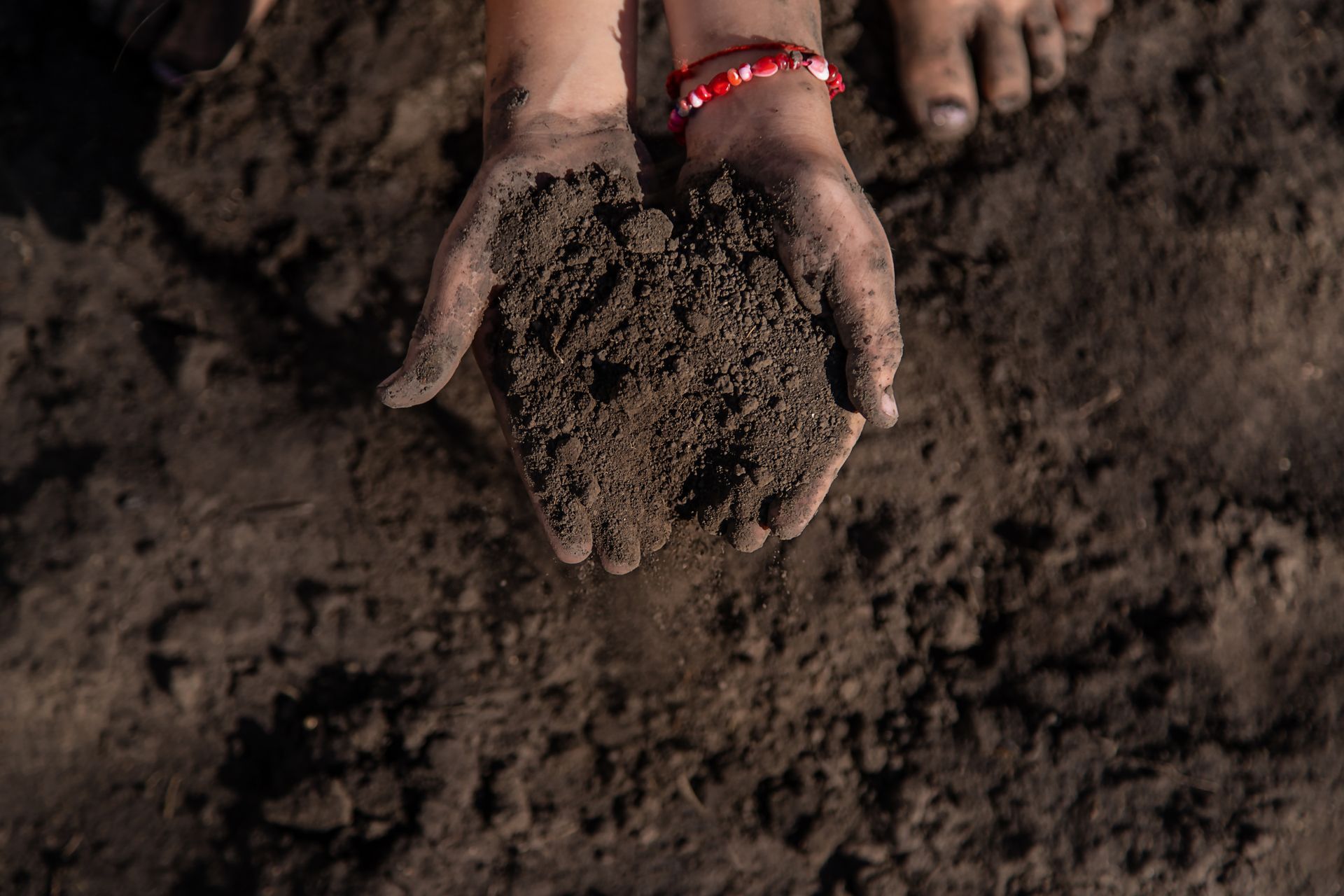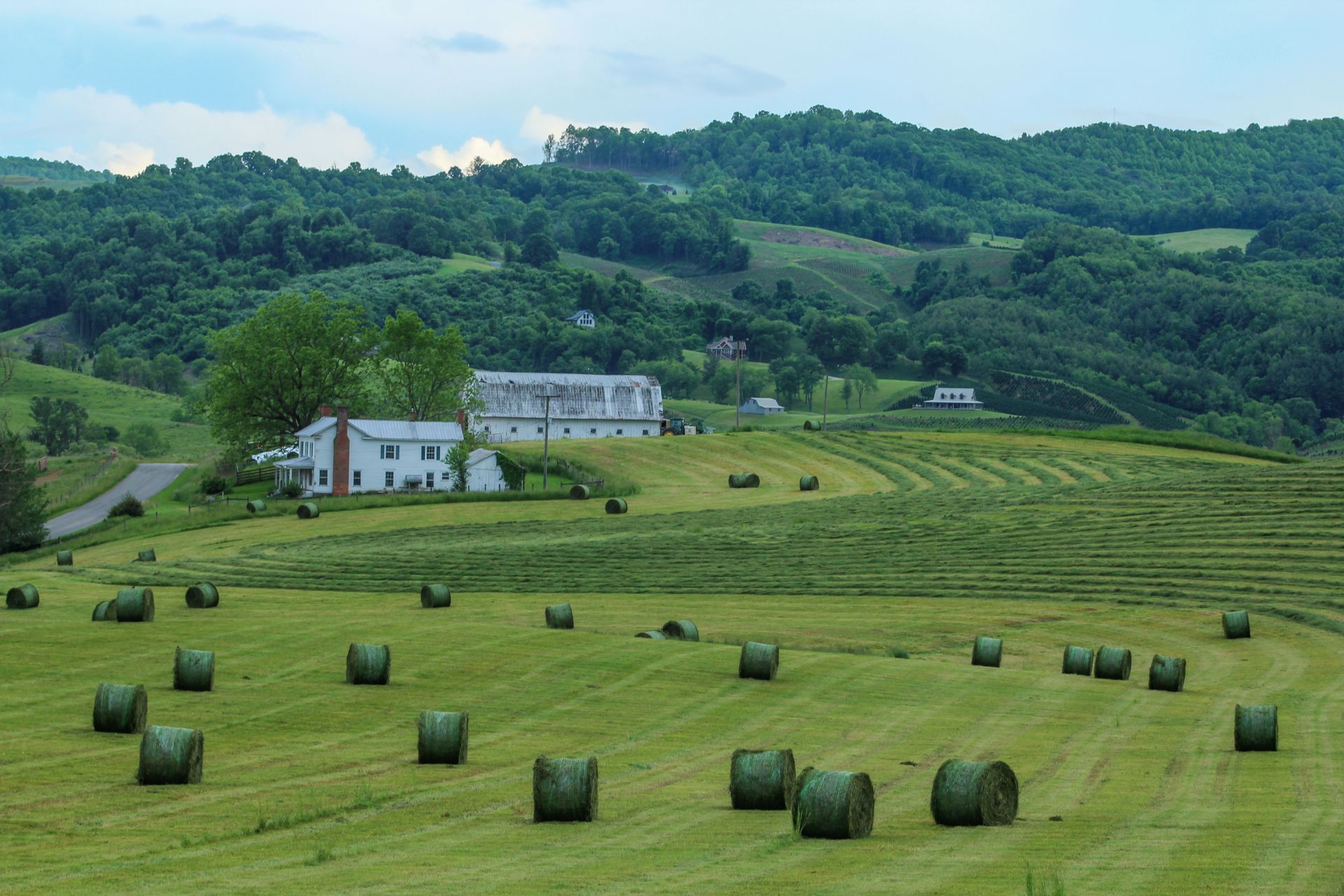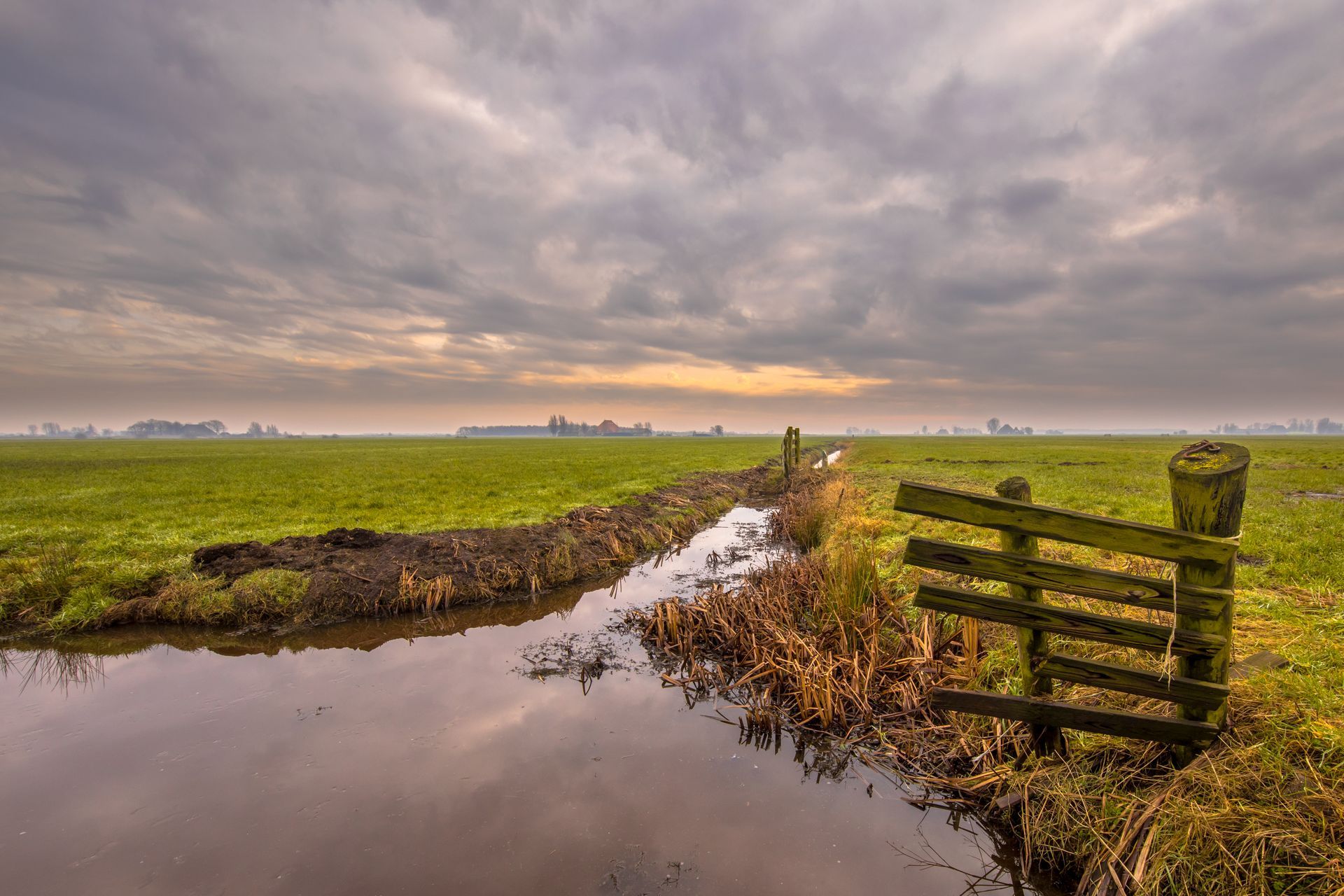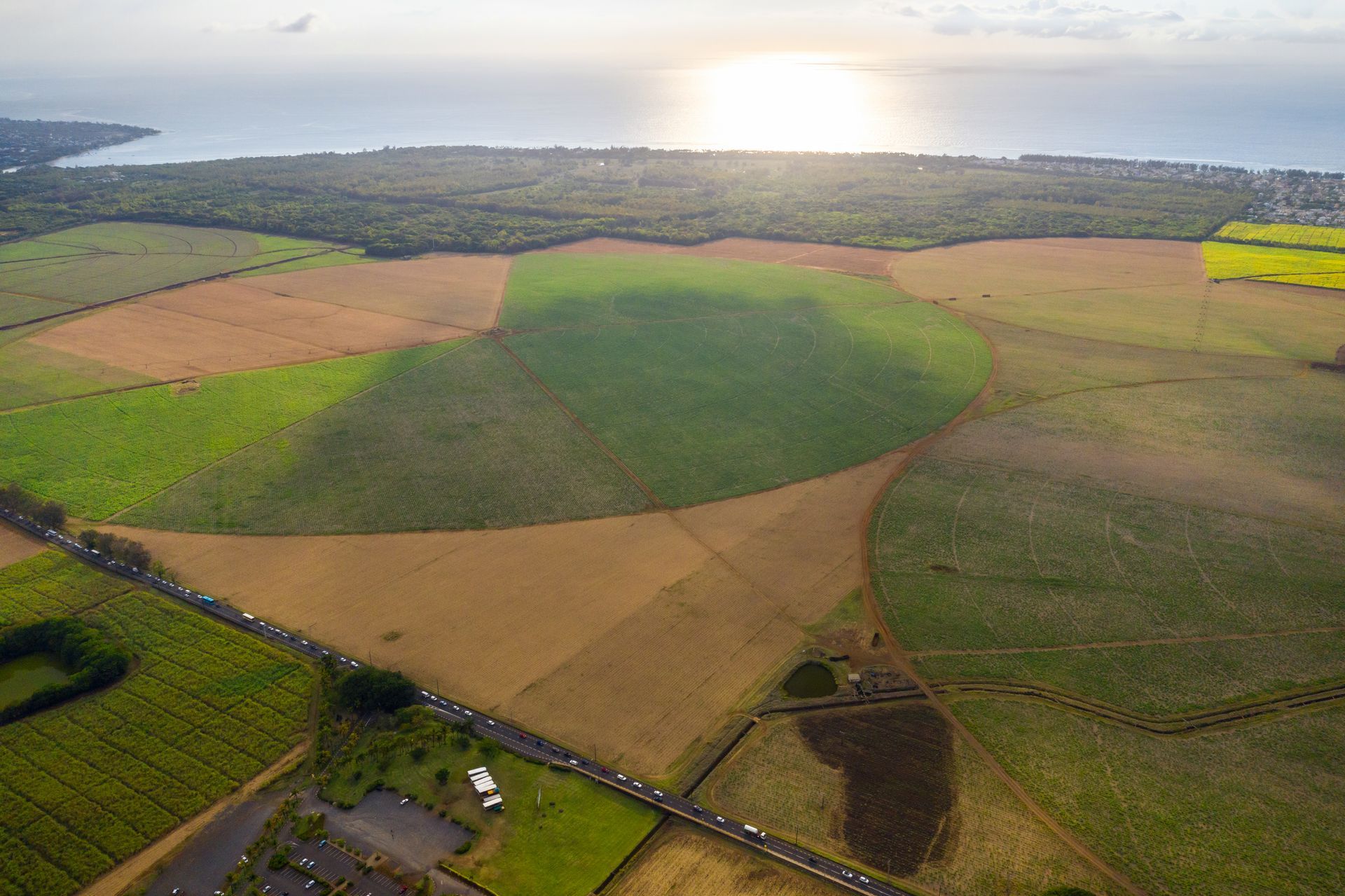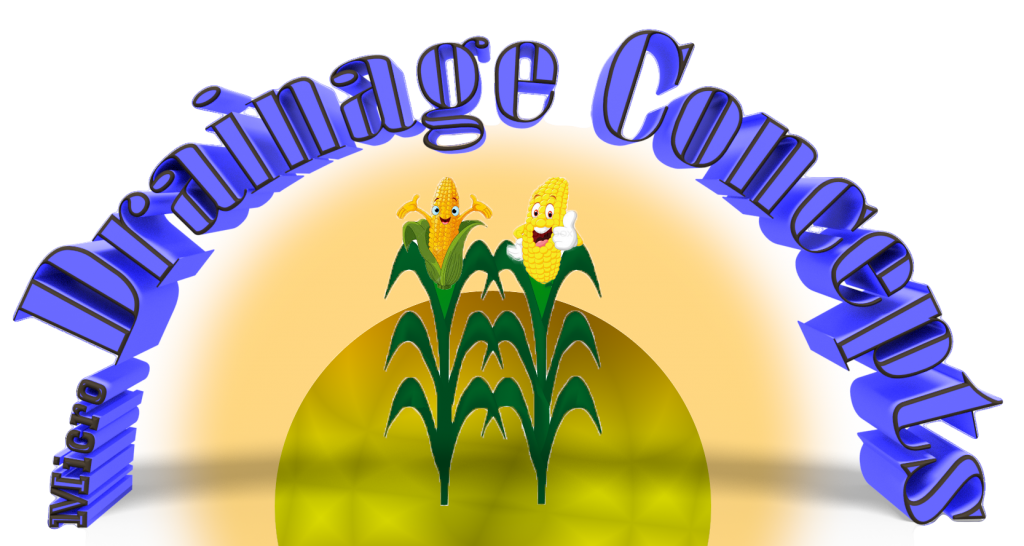The idea of draining excess water from agricultural fields is as old as farming itself. From early civilizations shaping land to hand-dug ditches of the early 1900s, the goal has always been to bring "idle acres into production that were too wet." These initial efforts, while laborious, proved a fundamental truth: better drainage meant more productive land. However, the true revolution in water management, leading to today's sophisticated micro drainage concept, is a story of continuous innovation.
From Ditches to Tiles: Early Discoveries
The early 20th century saw farmers recognizing that while surface moisture could escape via ditches and canals, even greater productivity was unlocked if the subsoil could be drained. This insight laid the groundwork for subsurface drainage, but the methods remained cumbersome and expensive for decades. Imagine the sheer effort involved in hand-digging extensive subsurface channels! The widespread adoption of subsurface drainage awaited technological advancements.
The Game-Changing 1970s and 1980s
The real paradigm shift in the drainage industry occurred in the 1970s and 1980s with three pivotal discoveries. First, the advent of the plastic corrugated tile transformed the landscape of drainage. Suddenly, tile became significantly more cost-effective to produce, lighter and easier to transport, and far simpler to install than traditional clay tiles. This innovation drastically reduced the logistical and financial barriers to implementing subsurface drainage on a larger scale.
The second, and equally crucial, discovery was the use of lasers and automatic controls on ditching machines. This technological leap allowed for incredibly precise grade maintenance during installation. No longer did farmers rely solely on the eye and manual adjustments; machines could now lay drainage tile with consistent slopes, ensuring optimal water flow and maximum efficiency. These twin advancements made widespread, systematic subsurface drainage a practical reality for many.
The Birth of the Micro Drainage Concept
Even with these breakthroughs, a farmer in North Central Ohio, Mark Martin, saw room for even greater efficiency. He had utilized subsurface drainage for many years on his own farm and understood its benefits firsthand. However, the escalating cost of buying and installing larger 4-inch tile on conventional 40-foot to 100-foot lateral spacings was becoming economically unsustainable. This challenge spurred the development of the micro drainage concept.
This modern approach, championed by Richland Micro Drainage, leverages the innovations of the past but refines them for today's economic and environmental realities. It involves using smaller (typically 2-inch) plastic corrugated tile installed at shallower depths and with much closer lateral spacing. This design maximizes drainage efficiency in the root zone, is more cost-effective, and integrates seamlessly with advanced GPS-controlled installation.
Today, the micro drainage concept offers farmers the ultimate evolution in water management, ensuring every acre reaches its fullest potential by adapting historical lessons with cutting-edge precision.
Contact Richland Micro Drainage for additional information as to how our micro drainage concepts could be put to work on your farm.
